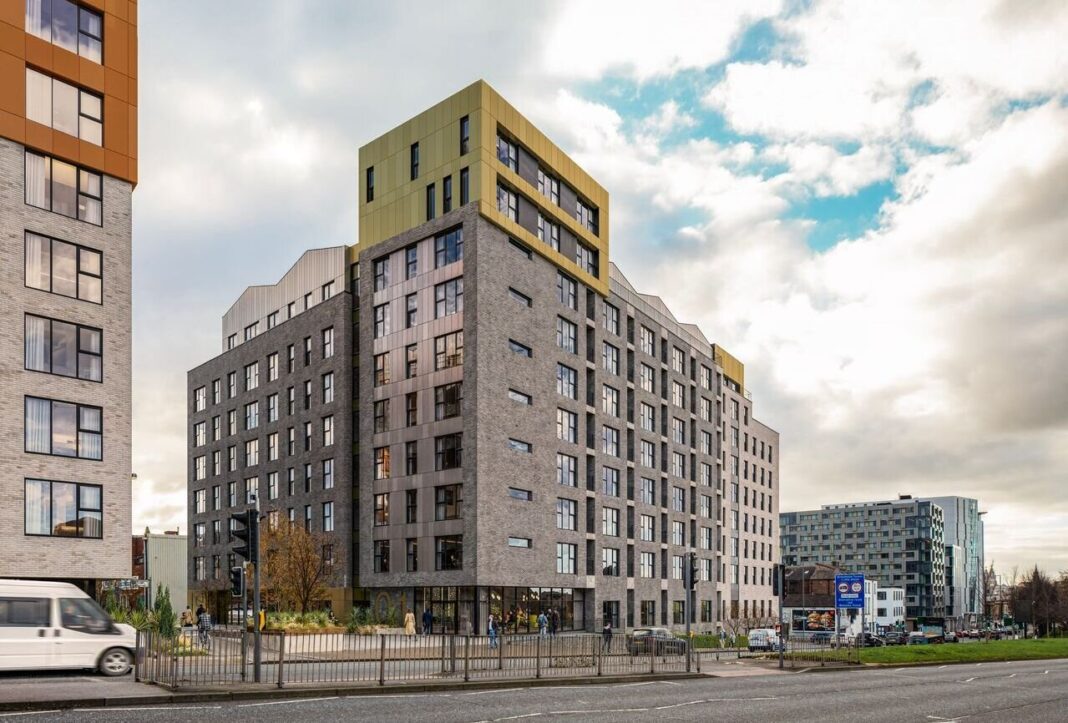Stamp duty receipts have surged to £14.6 billion over the past year, piling fresh pressure on landlords and investors as speculation grows that the Chancellor could overhaul property taxes in the Autumn Budget.
Figures from HMRC show revenues from Stamp Duty Land Tax (SDLT) jumped 22% in the 12 months to September, up from £12.0 billion the year before.
The rise follows last year’s Budget increase to the surcharge on additional properties, which climbed from 3% to 5%.
The surcharge, levied on landlords and investors buying second homes or rental properties, can add tens of thousands of pounds to acquisition costs and erode yields at a time when higher interest rates have already squeezed returns.
BUDGET UNCERTAINTY

Louis Alexander, Chief Executive of Somo, the property-backed finance provider, says: “Landlords and investors are now contributing far more to stamp duty than before.
“With another Budget only weeks away, there is real uncertainty about what comes next.”
The sharp rise in receipts comes against the backdrop of mounting Treasury interest in reforming property taxes.
Proposals under discussion include replacing SDLT with a national property tax charged annually on homes worth more than £500,000, and a potential “mansion tax” that would scrap capital gains exemptions on the sale of high-value properties.
PARALYSING INVESTMENT
Either measure would mark a significant shift in the burden of taxation, with landlords and investors most exposed.
Analysts warn that such changes could dampen market activity and deter investment, particularly in London and the South East where average values are well above the £500,000 threshold.
Alexander adds: “Uncertainty over stamp duty risks paralysing investment. Bridging finance gives landlords and investors the flexibility to keep deals moving despite shifting tax rules.”
With the Autumn Budget almost two months away, property professionals are braced for another round of upheaval in an already volatile market.











